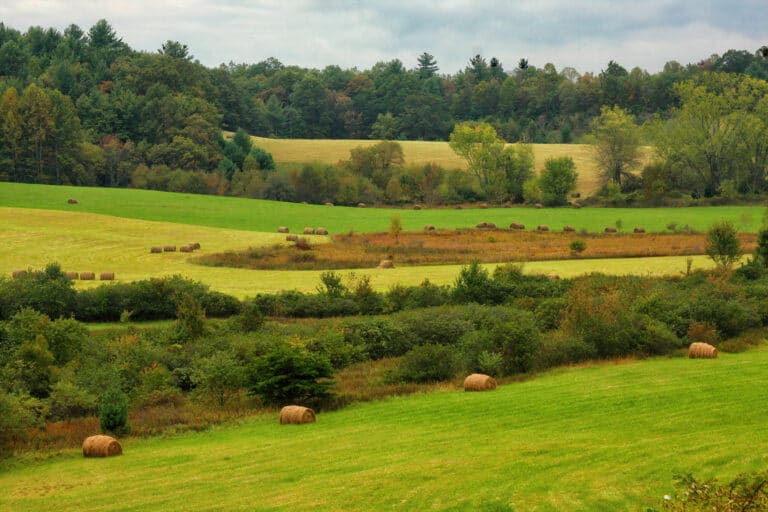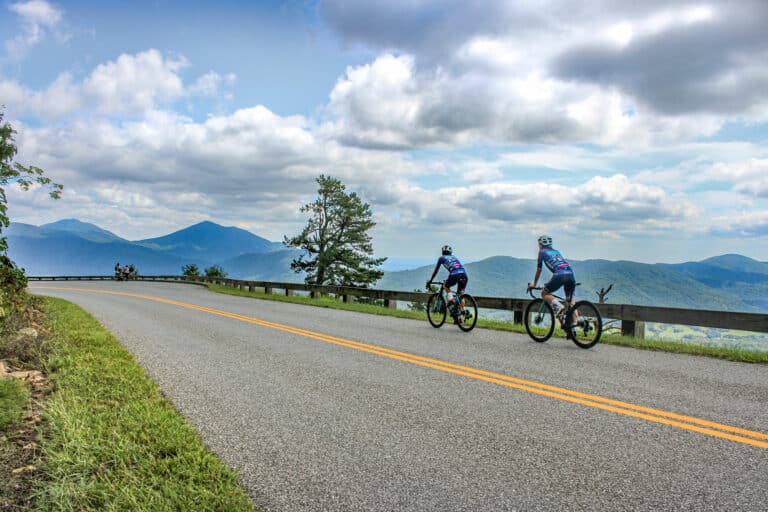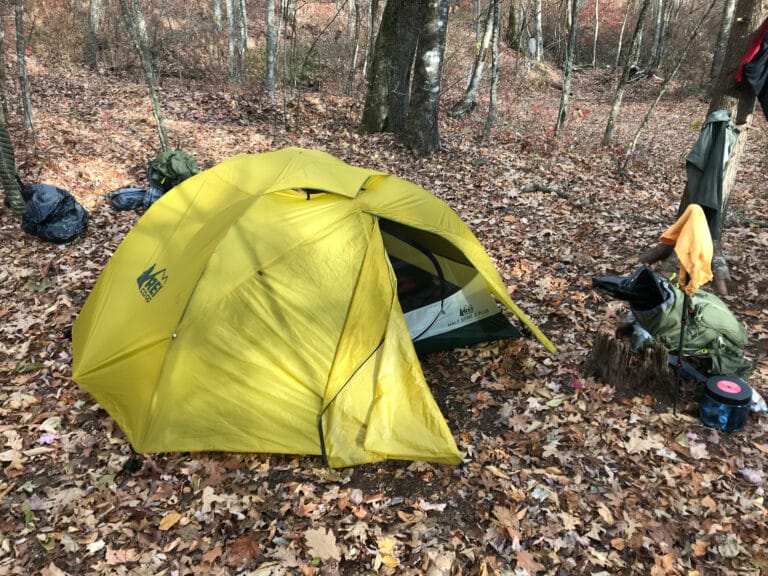Magnificent 360-degree views. Rhododendron-lined streams filled with trout. Multiple cascades. Remote forest glens that contrast with high open meadows. Opportunities for quiet, isolated, and scenic campsites. Mountain breezes blowing across your face. Outdoor adventures just don’t get much better than this.
On all five of my complete traverses of the 2,180-mile Appalachian Trail, the Mount Rogers area has always been one of the most eagerly anticipated sections. Below summits covered with spruce and fir are thousands of acres of open meadows dotted by clusters of rocky outcrops. With such far-off vistas, the entire region reminds me more of my walks along the Continental Divide in Montana and Wyoming than of hikes in Virginia. Herds of grazing cattle and wild ponies add to the feeling of being in the American West.
Boasting the state’s highest mountain, Mount Rogers (5,729 feet), as its centerpiece, the Mount Rogers National Recreation Area has more than 300 miles of pathways wending their way through the area’s 158,000 acres. Although the possibilities are nearly limitless, the 17-mile section (not including a one-mile side trip to the summit of Mount Rogers) of the AT from VA 600 to VA 603 is a great introduction to the area, cutting across miles of open terrain and experiencing the best of what the crest zone has to offer. At the beginning of the journey, there are views of Bluff and Whitetop mountains, with Grandfather and Sugar mountains in North Carolina dominating the distant southeastern horizon. Near the end of the hike, the vistas are northward, looking onto the Graves and Iron mountain ridgelines.
Of course, many of you are familiar with the Mount Rogers area and go there during the warmer months. However, I’m writing about this now because I’m urging you to visit at this moment—in the middle of winter. With the possibility of multiple inches of snow on the ground, these AT miles make up one of the mid-Atlantic’s best overnight cross-country skiing routes. Nothing beats gliding across the frozen terrain all day, gazing at the stars as they appear in the expansive night sky, and then waking in the morning to a herd of wild ponies foraging in the drifting snow. Except for a few posted sections and Grayson Highlands State Park, camping is permitted anywhere. There are even three trailside shelters (at milepoints 4.2, 9.2, and 15.3) to choose from.
More information may be found in the Appalachian Trail Guide: Southwest Virginia (www.appalachiantrail.org) or one of my own books, 50 Hikes in Southern Virginia (www.habitualhiker.com).







